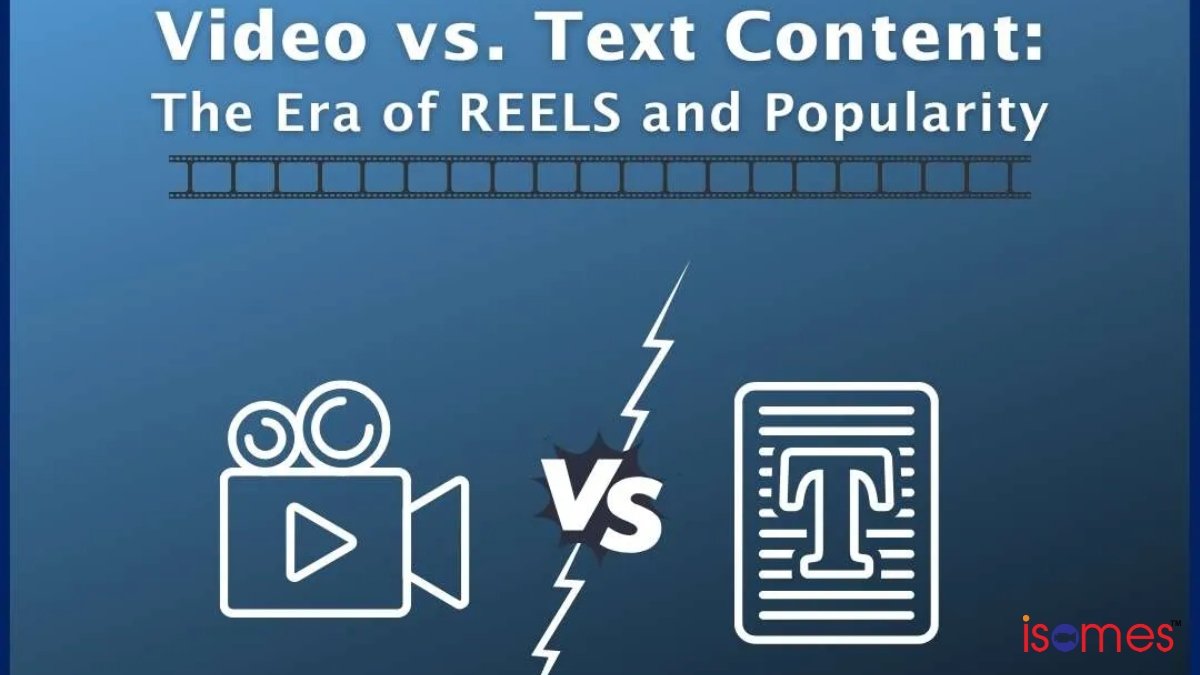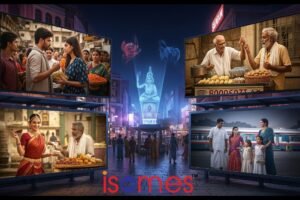
The Rise of Video Content Over Text in Modern Media
In today’s fast-paced digital era, media consumption habits have undergone a dramatic transformation. One of the most striking shifts is the growing dominance of video content over traditional text-based formats. Whether it’s news, entertainment, or advertising, video has emerged as the medium of choice for both producers and consumers alike.
Why Video Content is Gaining Popularity
The transition from text to video is more than just a trend—it reflects a fundamental shift in how people process, retain, and share information.
Also Read:- Scope of Creative Thinking & Writing for Television & OTT
1. Real-Time, Impactful Communication
A one-minute video can often communicate a message far more effectively than a 500-word article. This is because video combines visuals, sound, movement, and sometimes text to create a multi-sensory experience. The ability to engage multiple senses at once leads to better recall and emotional connection with the content.
2. Suited for Short Attention Spans
With attention spans shrinking and audiences demanding bite-sized content, video is the perfect solution. Platforms like Instagram Reels, YouTube Shorts, and TikTok have capitalized on this shift, promoting short, engaging videos that convey maximum impact in minimal time.
Also Read:- The Art of Anchoring and Reporting in TV news Channels
How Media Companies are Adapting
Media organizations have not only embraced this video-first trend—they’ve made it central to their content strategies.
- Many news outlets now accompany their articles with short videos or opt for video-only reports.
- Even traditionally text-heavy platforms have begun to invest in video journalism and mobile-optimized content.
- Live streams, reels, and explainer videos are now essential tools for media brands looking to connect with younger audiences.
Why Viewers Prefer Video
From a consumer’s perspective, video offers ease and versatility.
- Multitasking-Friendly: People can watch videos while cooking, driving, or relaxing—something that’s difficult to do with reading.
- Language Accessibility: Videos use facial expressions, visuals, and subtitles, making them easier to understand across different languages and cultures.
- Better Engagement: Moving images and dynamic audio naturally attract and hold attention longer than static text.
Does Text Still Have a Role?
Despite the growing dominance of video, text still plays a crucial role, particularly in:
- Search engine optimization (SEO)
- Academic research and professional reference
- In-depth analysis and long-form content
However, even in these domains, video is gradually making inroads—providing summaries, visual explanations, and alternative formats for dense topics.
Also read:- HOW TO PREPARE YOURSELF FOR A SUCCESSFUL MEDIA PROFESSION?
The Future is Visual
The rise of video content signifies a deeper transformation in how we consume and share information. As technology evolves and digital platforms compete for user attention, video offers a fast, emotional, and convenient way to connect with audiences.
While text will always have its place, the future of media clearly leans toward rolling images, where stories and messages come alive through motion, sound, and storytelling.
Also Watch Our Students Projects:-
Tag:Faculty, ISOMES, Modern Media, SEO, Text



